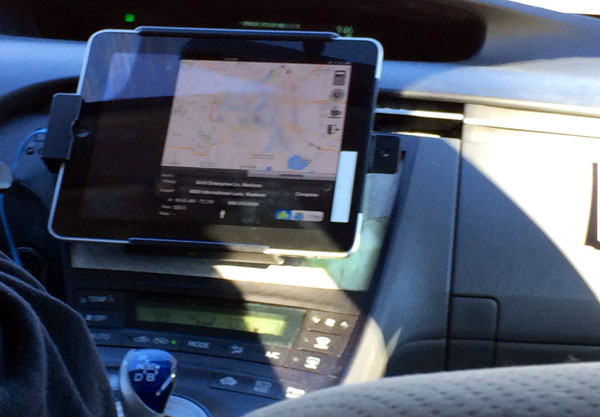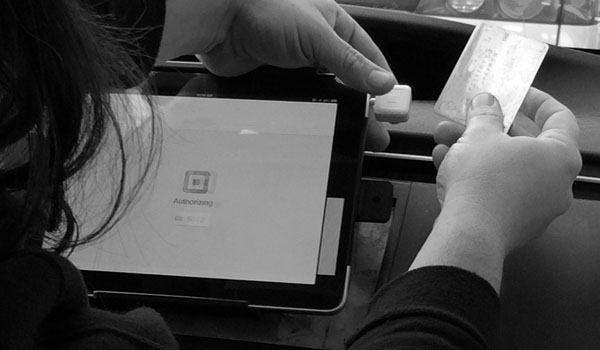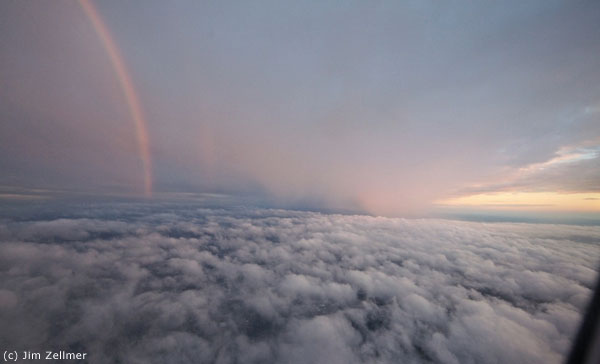One of Tesla features is a $2,250 “smart air suspension” option that automatically lowers the car at highway speeds for better mileage and stability. Over a period of 5 weeks, three Tesla Model S cars had caught fire after severe accidents – two of them apparently from running over road debris that may have punctured the battery pack that made up the floor pan of the car. After the car fires Tesla pushed a software release out to its users. While the release notice highlighted new features in the release, nowhere did it describe that Tesla had unilaterally disabled a key part of the smart air suspension feature customers had purchased.
Only after most of Telsa customers installed the downgrade did Tesla’s CEO admit in a blog post, “…we have rolled out an over-the-air update to the air suspension that will result in greater ground clearance at highway speed.”
Translation – we disabled one of the features you thought you bought. (The CEO went on to say that another software update in January will give drivers back control of the feature.) The explanation of the nearly overnight removal of this feature was vague “…reducing the chances of underbody impact damage, not improving safety.” If it wasn’t about safety, why wasn’t it offered as a user-selected option? One could only guess the no notice and immediacy of the release had to do with the National Highway Safety Administration investigation of the Tesla Model S car fires.
via Steven Sinofsky.




